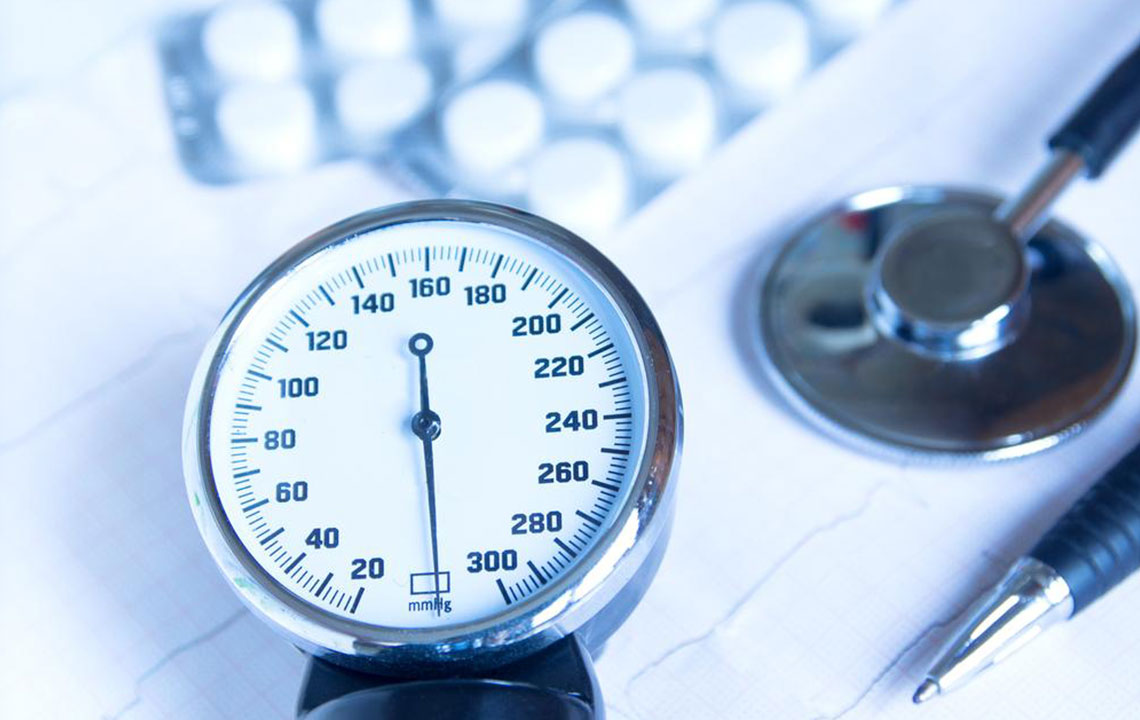Deciphering Blood Pressure Charts for Better Health
Learn how to interpret blood pressure charts to maintain optimal health. This guide explains BP ranges, their significance, and tips to keep blood pressure under control. Regular monitoring, lifestyle changes, and medical advice are essential for preventing serious health complications associated with hypertension.
Sponsored

Blood pressure (BP) reflects the force exerted by your blood against the walls of your arteries as your heart pumps. Maintaining optimal BP levels is essential to prevent health issues such as heart disease, kidney problems, and vision loss. Blood pressure has two readings: systolic (top number) and diastolic (bottom number). Monitoring these numbers helps detect hypertension, a condition often symptomless until severe. Regular checks, healthy diet, exercise, and medication when prescribed are key to managing BP effectively. Understanding your blood pressure chart allows you to take proactive steps toward a healthier life.
Keeping your blood pressure in check is vital to prevent complications like cardiovascular diseases, kidney disorders, and stroke. Consistent monitoring helps identify if your BP is within a healthy range or if you need intervention. The chart provides guidelines based on pressure ranges, highlighting normal, pre-hypertensive, and hypertensive stages. Lifestyle changes, medication, and regular doctor visits form the cornerstone of effective BP management. Understanding these ranges empowers you to make informed decisions and stay healthy.
Understanding the Blood Pressure Chart
Blood pressure readings indicate the pressure that circulating blood exerts on artery walls. The higher number (systolic) represents the pressure during heartbeats, while the lower (diastolic) measures pressure between beats. The chart categorizes levels as follows:
Normal BP – Below 120/80 mmHg: Maintain a balanced diet, exercise regularly, and monitor BP periodically.
Pre-hypertension – 120–139 systolic / 80–89 diastolic: Advisory to adopt healthier lifestyle habits to prevent worsening.
Stage 1 Hypertension – 140–159 systolic / 90–99 diastolic: Medical consultation, lifestyle adjustments, and possibly medication are advised.
Stage 2 Hypertension – 160+ systolic / 100+ diastolic: Requires strict medical management to prevent complications.
Hypertensive Crisis – 180+ systolic / 110+ diastolic: Immediate medical attention is crucial; symptoms like chest pain or numbness demand urgent care.
Maintaining BP within recommended ranges significantly reduces health risks. Regular screening, weight management, exercise, a low-salt diet, and mindful alcohol consumption are effective strategies. Always consult healthcare professionals before adjusting medications to ensure safety. Monitoring your blood pressure chart regularly promotes long-term health and well-being.






